Sometimes you know how bizarre a list is by what doesn't make the cut.

When compiling this feature, Mail Sport came across the dietary distinctions of legendary Panaman jockey Laffit Pincay Jr.
He totalled 9,530 career wins on horseback and did so by eating half of what a toddler should - about 600-750 calories per day. Sometimes he would stick a sweet treat in his mouth, delight in the taste, and then spit it out to avoid the calories.
But Pincay Jr. doesn't make this list of the most incredible and strict sporting diets.
Below you'll find how Erling Haaland tucks into cow's hearts and livers, the off-piste regime Tom Brady follows, a footballer who eats like a caveman, and a few others.
A word of warning: if you enjoy the occasional Coca-Cola like I do, you'll face scorn from some of the names on this list. They're not your biggest fan.
Marcos Llorente - the Paleolitic diet
Atletico Madrid star Marcos Llorente swears by the Paleolithic diet, from cradle to casket.
'Paleolithic,' you say. 'Sounds like a museum exhibit.' And that's where you're right.
It's a modern interpretation of what we think our ancestors ate around 2.5 million years ago.
It involves swerving favourites such as pasta, bread, rice, and ultra-processed foods, and opting for the likes of potatoes, sweet potatoes and cassava.
'It would be eating what was eaten in the Paleolithic. You would have to eliminate all ultra-processed foods. Don't even look at them. And also cereals,' Llorente told 'El Larguero', a Cadena SER programme.
'Everything that is pasta, bread, wheat, rice, and also dairy outside. Only high-quality cheeses. I eat everything. Meat, like the steak that I love. Fish, eggs, vegetables. And carbohydrates like potatoes, sweet potatoes and cassava.'
'With the Paleolithic diet I will go 100 per cent. It is a lifestyle and a way of living. With that I will live and with that I will die. That's how it is. I do it for health, not because of football. I am clear that when I finish my career, I will continue to take care of myself just as much or more than now.'
Nuts are all good for him to get stuck into, as are seeds, salmon, olive oil, and all kinds of fruits.
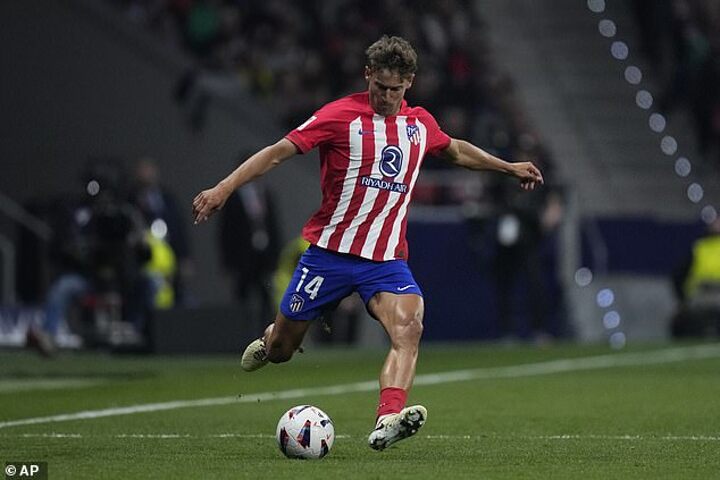
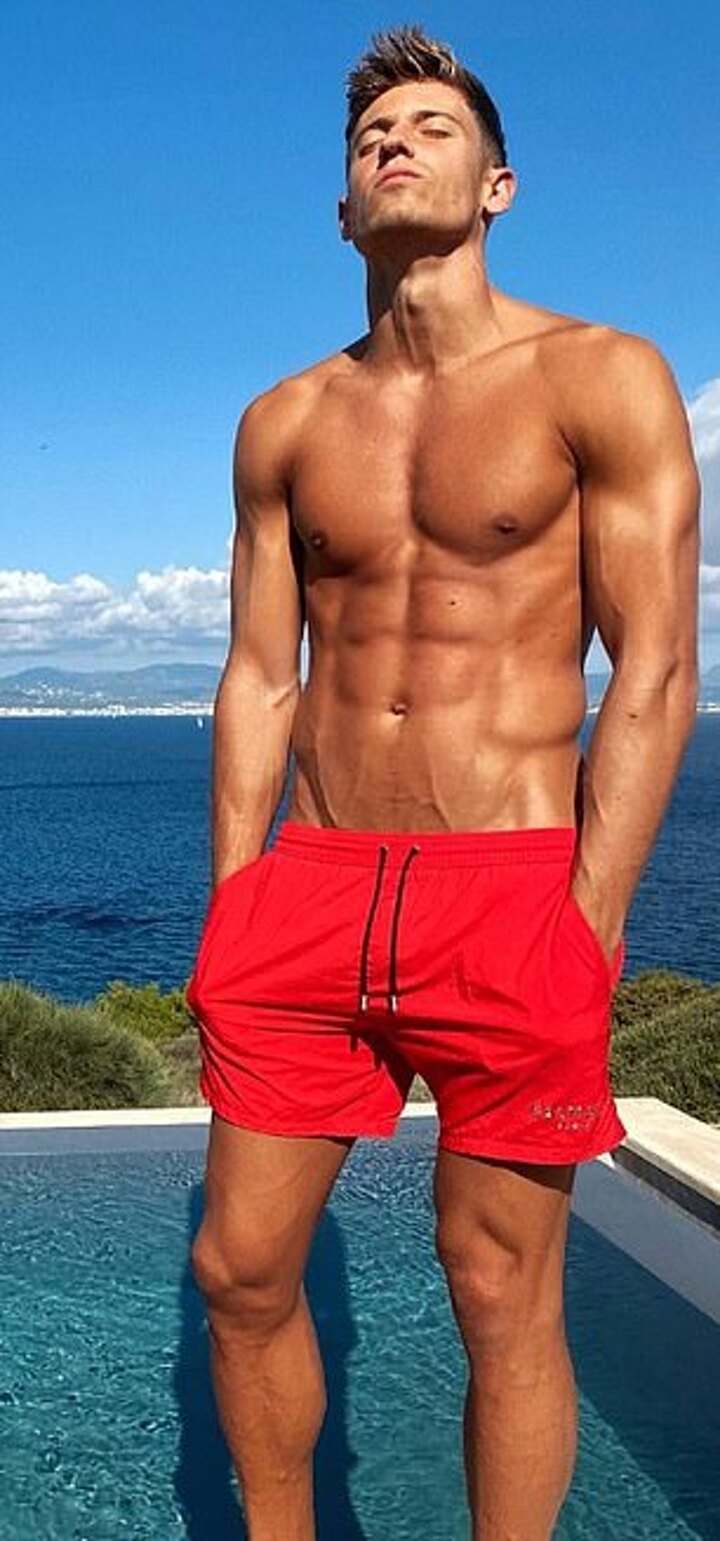
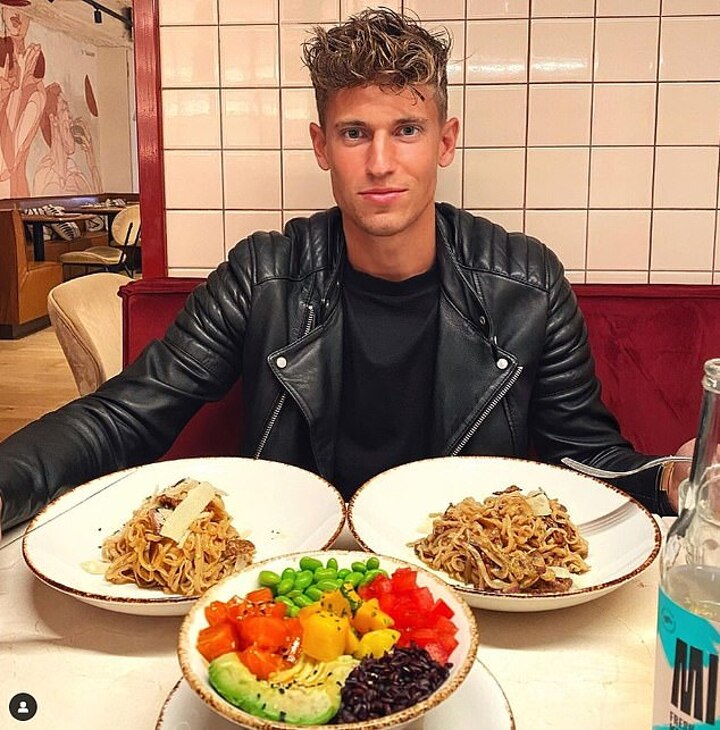
But Llorente gives a wide berth to salt, starchy vegetables, beans, lentils, and the off-limits food he mentioned above.
Clearly his 'caveman diet' is paying dividends. The 29-year-old is a regular in Atletico Madrid's team and has chipped in with six goals throughout this season.
He has almost completed five seasons under Diego Simeone's watchful eye, having transferred from bitter rivals Real Madrid, his boyhood club, in 2019.
Erling Haaland - 6,000-calorie diet
It takes a lot to fuel the most dangerous striker in the Premier League. Cow hearts and livers can often be found on the menu - as referenced in Haaland: The Big Decision - the documentary made around his move to Manchester City.
However, with 6,000 calories a day to devour, it can't all be left to clean living.
Don't be surprised if you see the gigantic Norwegian lumbering around your local kebab shop, like some Scandinavian facsimile of Luke Littler.
'I really like kebab (meat),' Haaland said, before clarifying: 'I love it.'
'That doesn’t mean I eat it all the time. I eat it a couple of times a year when I’m in my hometown - I almost never eat it, but it’s still my favourite food.'
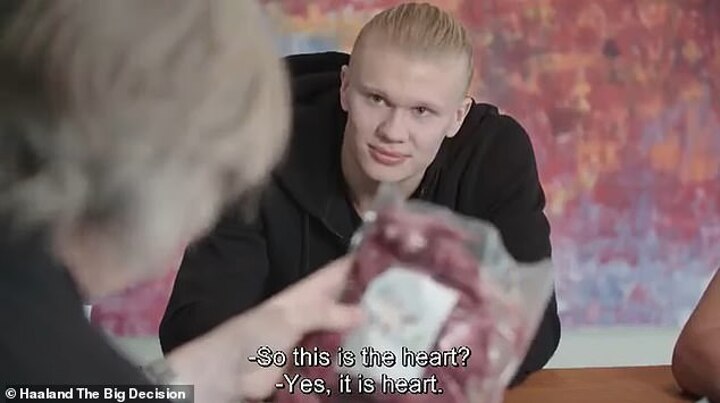
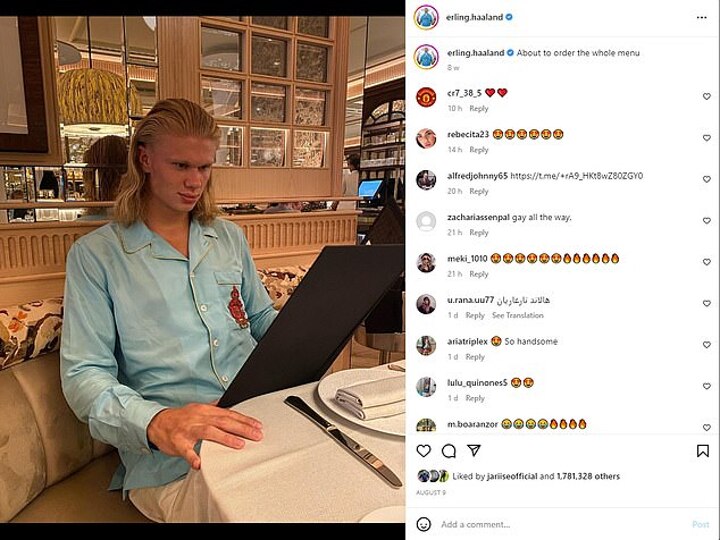
His craving for meat doesn't stop there. Alongside kebabs, Haaland, 23, has a penchant for steak, lobsters, oysters, duck, Indian food, and Chinese sweet and sour chicken.
He has also been known to request cheese and ham omelettes from Manchester City's culinary whizzes at the training ground.
As he revealed in a documentary called Haaland: The Big Decision: 'You other people don't eat this [heart and liver], but I am concerned with taking care of my body.
'I think eating quality food that is as local as possible is the most important.
'Or the local cow eating grass right over there? I eat the heart and the liver.
'The first thing I do in the morning is to get some sunlight in my eyes — it is good for circadian rhythm.
'I have also started to filtrate my water a bit. I think it can have great benefits for my body.'
Oh, and don't forget milk. The boy likes his milk. Last season, he called it his 'magic potion'.
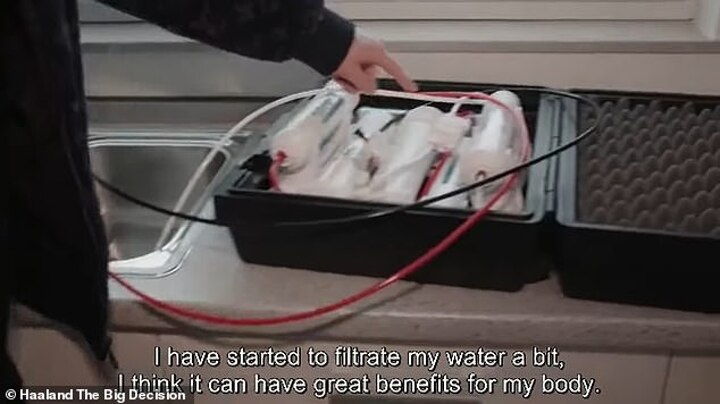
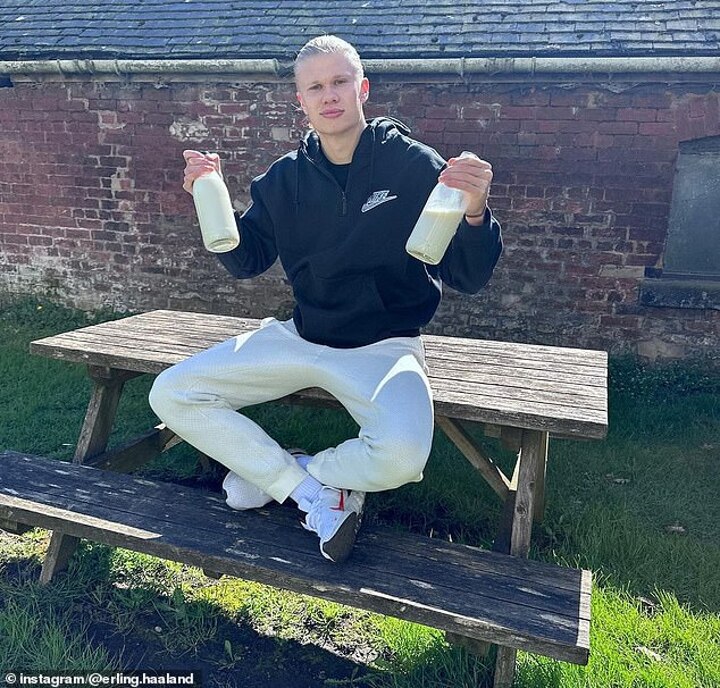
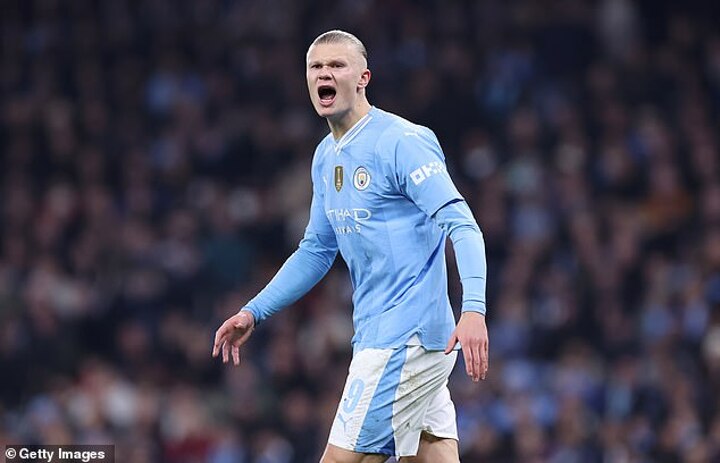
Cristiano Ronaldo - many mini meals
Why have three meals a day when you can have six?
That's the logic followed by Cristiano Ronaldo, who admittedly has the budget to allow such indulgence.
The Manchester United legend has six miniature dishes each day, all packed with protein.
He has indentured a nutritionist since his Real Madrid days - doesn't every footballer? - and loves tucking in to nutrient-rich foods such as avocado and fresh fish (as opposed to rotten fish, presumably).
His favourite options from the sea include swordfish, sea bass, sea bream and cod.
Chicken is a staple for him because it's high in protein but low in fat, while he is also staunchly opposed to alcohol and sugary drinks.
Eggs, sweet potatoes, broccoli, and quinoa also make up his diet.
When Ronaldo returned to Manchester United in 2021, third-choice goalkeeper Lee Grant said that he instantly raised the dietary standards of the team.
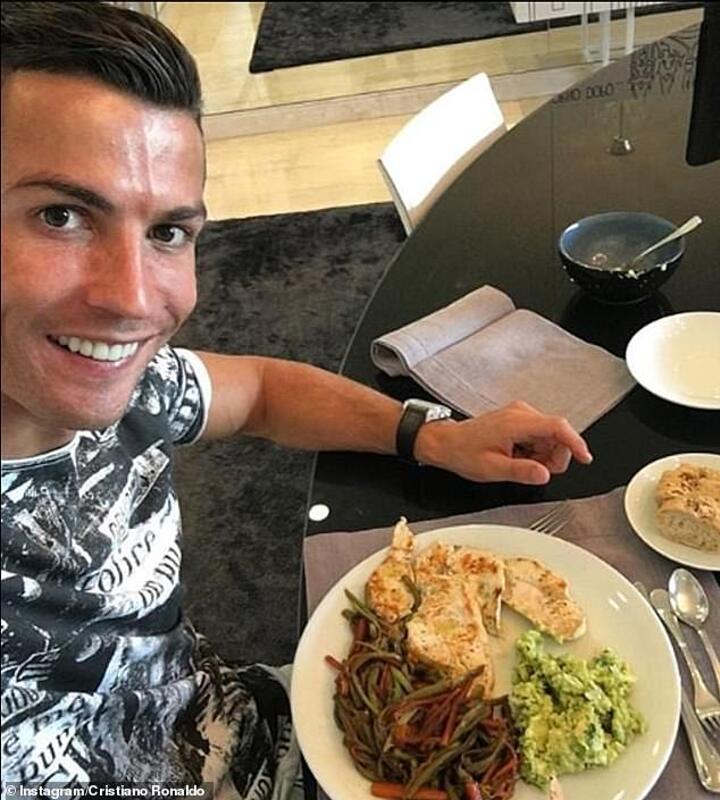

He said: 'Not one player touched the apple crumble and custard [after the first game], not one player went up for that brownie because everybody was sat down. One of the lads said to me, "What has Cristiano got on his plate?"
'So we were having a little goosey gander at what he has got and obviously it is the cleanest, most healthy plate you can imagine. And it just cracked me up how not one single player dared get up and have that junk food that was laid out.'
For breakfast, Ronaldo often opts for cheese, ham, and low-fat yogurt, while he also enjoys avocado toast as a snack.
Unsurprisingly, Ronaldo avoids alcohol and he is also notoriously adverse to sugary drinks.
At Euro 2020, he pointedly removed two Coco-Cola bottles which were sat in front of him in a press conference, proud sponsors of the tournament.
'Drink water!' he shouted in Portuguese, indignant, before muttering the brand's name under his breath with disdain.
His opposition to fizzy drinks is an intergenerational crusade. He said he gets 'p****d off' when his son drinks Coca-Cola.
Asked if his offspring has what it takes to be a professional footballer, he said: 'Not yet.
'I'm hard with him sometimes because he drinks Coca-Cola and Fanta sometimes and I'm p****d with him. I fight with him when he eats chips and fries and everything, he knows I don't like it.
'Even my small kids, when they eat chocolate they always look to me and, you know, we have to be strong.'

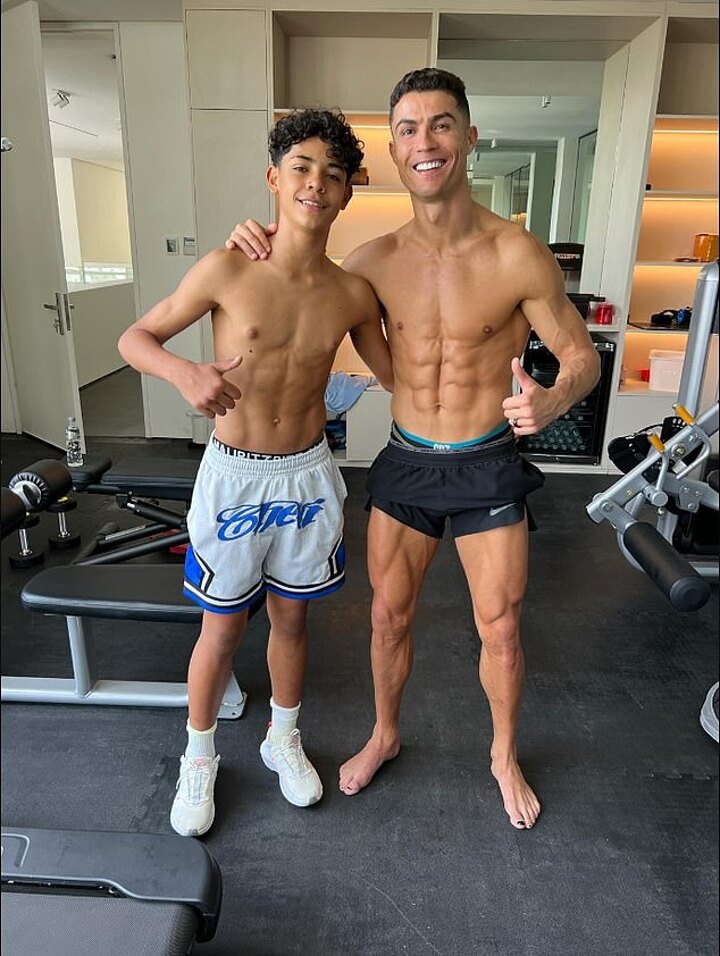
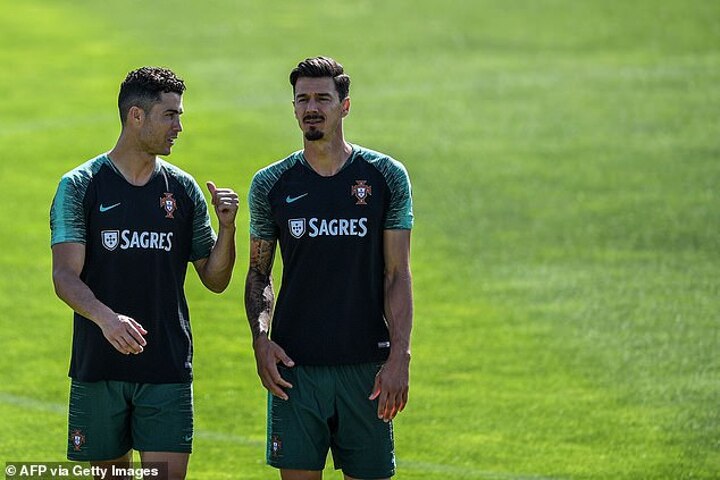
However, former Portugal team-mate Jose Fonte has shattered the narrative, claiming he has seen Ronaldo treating himself on international duty.
He claimed Ronaldo has 'junk food days'.
According to Fonte, on international duty the forward always reaches for the bacalhau, a traditional Portuguese meal, which is dried and salted cod fish typically served with potatoes, onions, hard boiled eggs, olives and olive oil.
He also apparently enjoys ‘steak with chips and fried egg’ after games.
Robert Lewandowski - 'backwards eating'
Fortunately, backwards eating does not involve some grotesque regurgitation strategy.
What it means is that Lewandowski, one of football's best strikers, eats his meals back to front, as The Times have explored.
Lewandowski and his wife, Anna, may occasionally eat a sweet treat first at meal times, perhaps a brownie, but only one made from pure cocoa.
If any of us did that in a restaurant we'd be admonished for being greedy and ill-disciplined, but he can pass it off as cutting-edge as the routine is devised by Anna, a fitness instructor.
The treat is followed by rice with meat or fish from select producers, with the meal rounded off by a starter-type option of salad or soup.
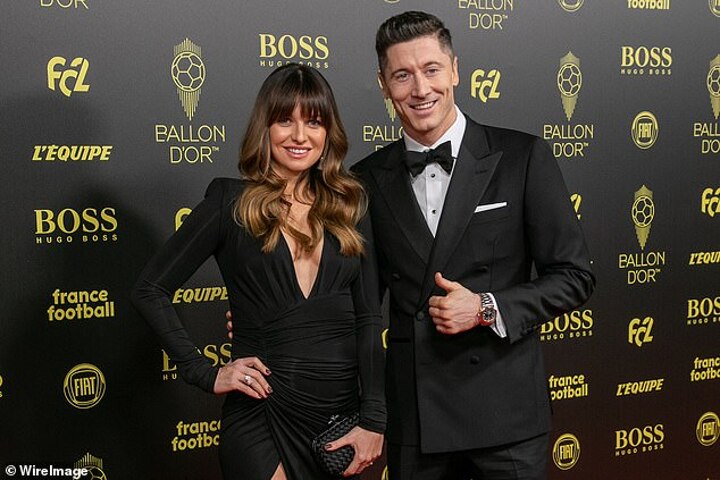
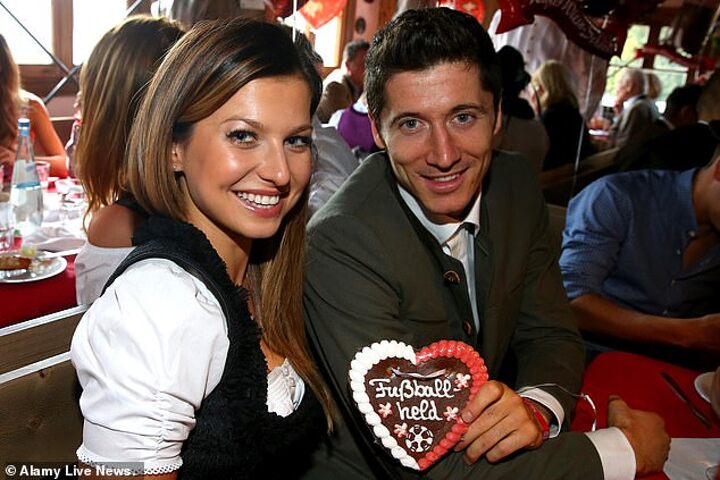
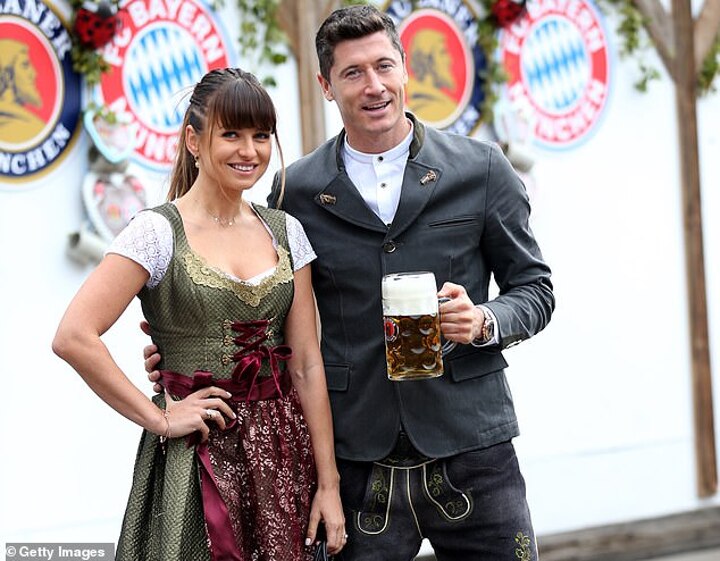
You can't find his fingers reaching for any fried or fast food, cow's milk, or lactose or wheat flour.
There is, however, a lot of vegetable spaghetti, millet, and oat porridge in their weekly vision for what to chomp.
And it should be noted that the sweet treats are witheringly few and far between - you're more likely to stumble across him just doing a main course and then the 'starter'.
He told Mail Sport in 2017: 'Three or four years ago I had to eat a sweet thing every day but now I don't eat them any more. Maybe sometimes I will eat some dark chocolate but nothing else. It's much better like this. Now if I see some chocolate or cake on the table I just don't want it.
'Sometimes for breakfast I eat cornflakes, sometimes eggs, sometimes (steak) tartare. It's better like this. I don't have a strict diet where I have to eat 100g of this, 200g of that, but before I had a problem with sweet things so I cut them out completely.'
Tom Brady - the TB12 Method
If you're going to take anybody's dietary advice, a man who won seven Super Bowls probably isn't the worst to listen to.
Brady's and longtime trainer and friend, Alex Guerrero, created the TB12 method in 2013. Guerrero, who is an alternative medicine practitioner, is credited with the longevity of the former Michigan quarterback - who was the oldest non-specialist player in league history.
The TB12 diet boasts to be built on five core tenets: 'pliability, nutrition, hydration, movement and mental fitness'.
Organic fruits, vegetables, nuts, seeds, whole grains and legumes make up about 80 per cent of Brady's diet.

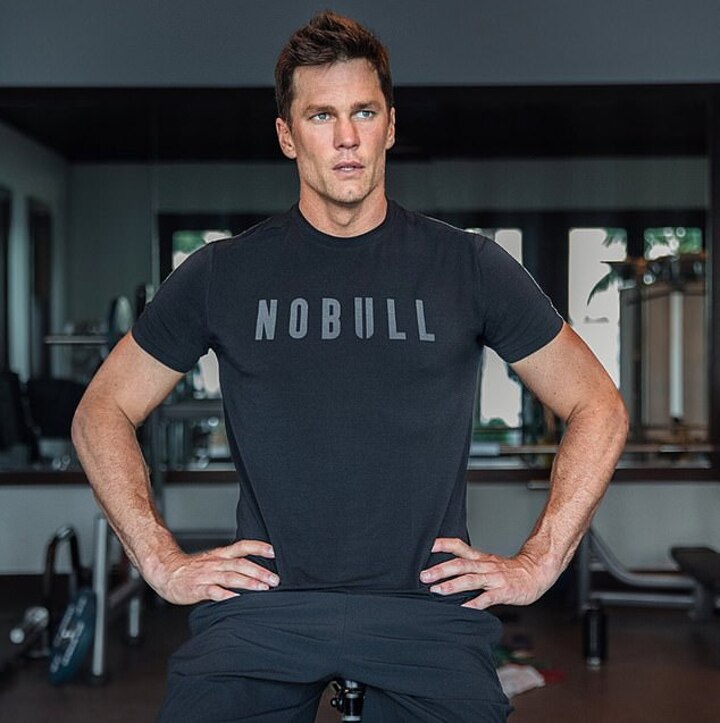
The last 20 per cent? Why, of course, that would be grass-fed, organic meat and hormone and antibiotic-free poultry make up the remaining 20 per cent, along with wild-caught fish and seafood.
It's a rough time to be a tomato or a pepper - they don't make the cut. They're deemed to be risky on the inflammation front.
Some of the reporting around Guerrero's has been less than flattering throughout the years - Boston Magazine once called him a 'glorified snake oil salesman' - despite glowing references from the likes of Brady and fellow future Hall of Famer, Rob Gronkowski.
Despite his divergence from widespread medical beliefs, Brady said in a 2015 interview with WEEI that he wouldn't have been the phenom he was without Guerrero.
'I have tremendous belief in Alex and what he's accomplished with me in the 10 or 11 years we've been working together,' Brady said at the time. 'He has never been wrong.
Brady and Guerrero have been ridiculed for promoting his approach to diet and pliability training throughout the years - particularly by those who are entrenched in mainstream thoughts on health and medicine.
'I think I've really stepped outside the box in the way I try to train, eat, hydrate, the cognitive brain games I play on a daily or weekly basis to try to build up some durability within my body, within my brain, to be able to go out there and play at a high level at age 38,' Brady, 46, said at the time.
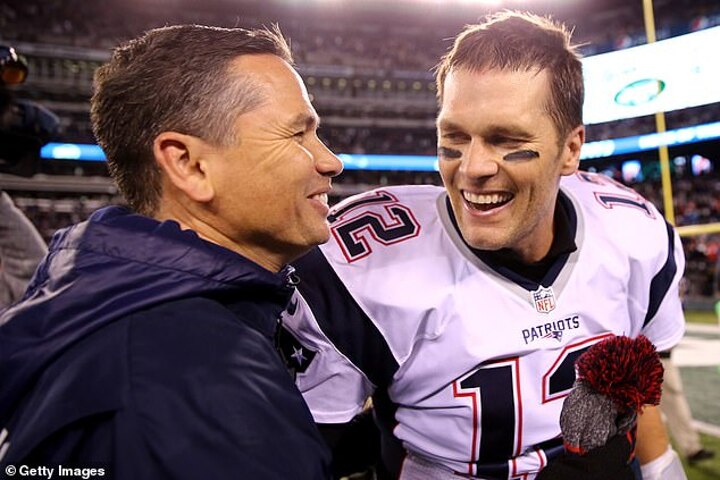
'Now, you guys may think that I'm full of crap, but the proof is what you see on the field. That's what I say.'
At least he'll find one point of agreement - his dislike of Coca-Cola. Cristiano, meet Tom, Tom, meet Cristiano. He has previously referred to it as 'poison for kids'.
Michael Phelps - the 10,000-calorie-per-day diet
It's widely reported that Michael Phelps adopted a 12,000-calorie-per-day diet to help him win 23 Olympic swimming gold medals, but he rubbished that claim in 2017.
'Don’t believe everything you read,' he said, before clarifying that he would chomp down a mere 8,000-10,000 calories every day.
For the 2012 Olympics, Mail Sport produced a report looking at his food regime. I'll just let that stew below.
Breakfast: Three fried-egg sandwiches, three chocolate chip pancakes, a five-egg omelette, three sugar-coated slices of French toast, and a bowl of grits (maize porridge).
Lunch: Half a kilogram of pasta (enriched with vitamins and fibre), two large ham and cheese sandwiches covered in mayonnaise, and gallons of energy drinks.

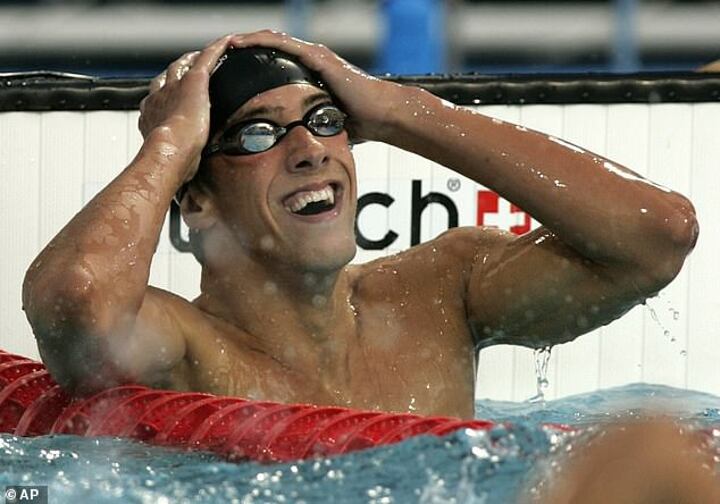
Tea: Another kilogram of pasta, followed by pizza and more energy drinks.
While Phelps' diet would be perilous for mere mortals, he needed that amount of energy to train, personal trainer Jenny Dawes claimed.
'I would recommend that a regular competitive male swimmer would need around 6,000 calories a day,' she said. 'But because Michael is at Olympic level he will be training so hard that he will be burning it straight off.'
'Carb and electrolyte enhance drinks should be taken to replenish glycogen stores in muscles and liver as dehydration can cause muscles to fatigue very quickly.
'But I would always check the sugar content on the bottles!'
